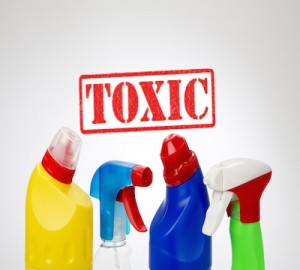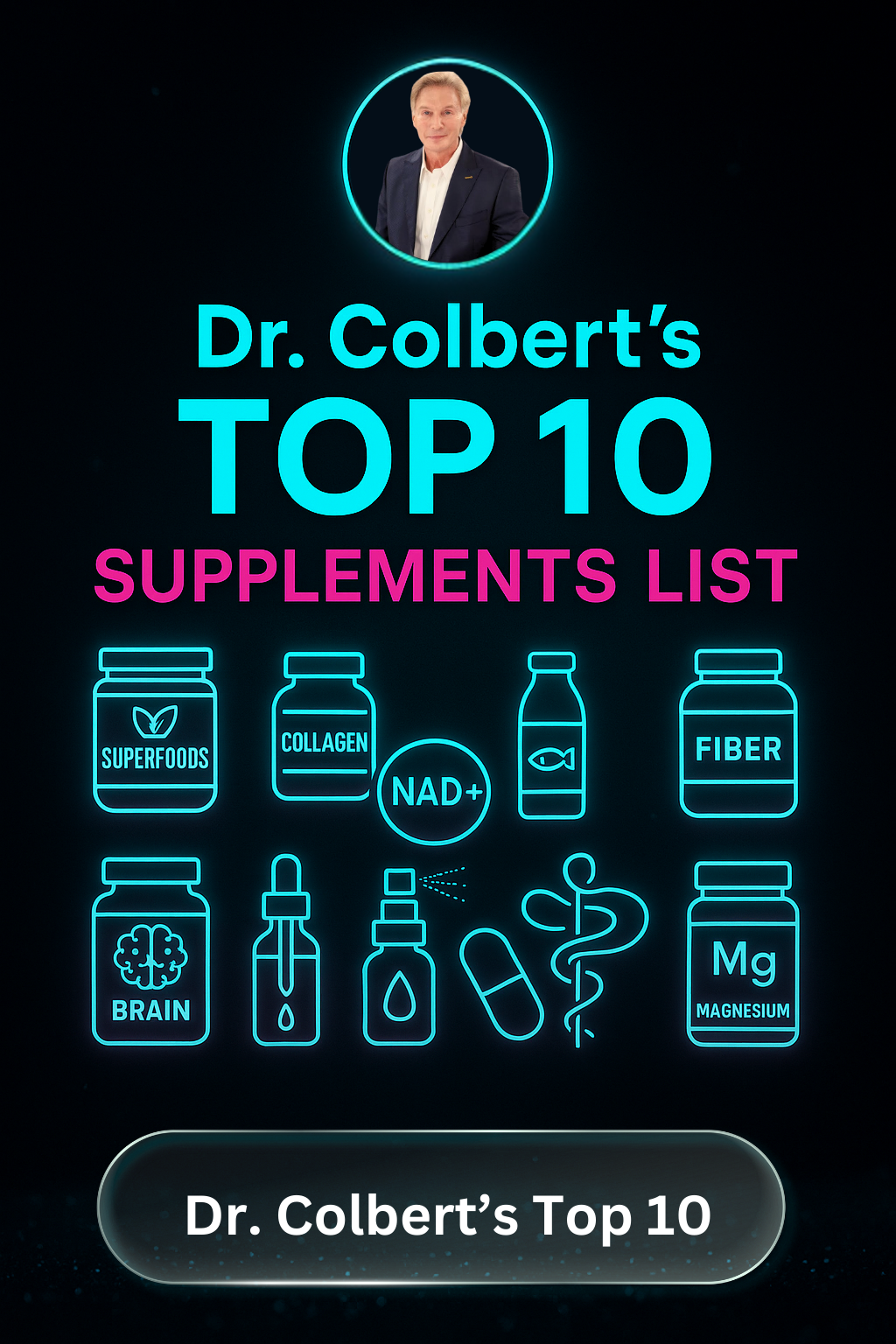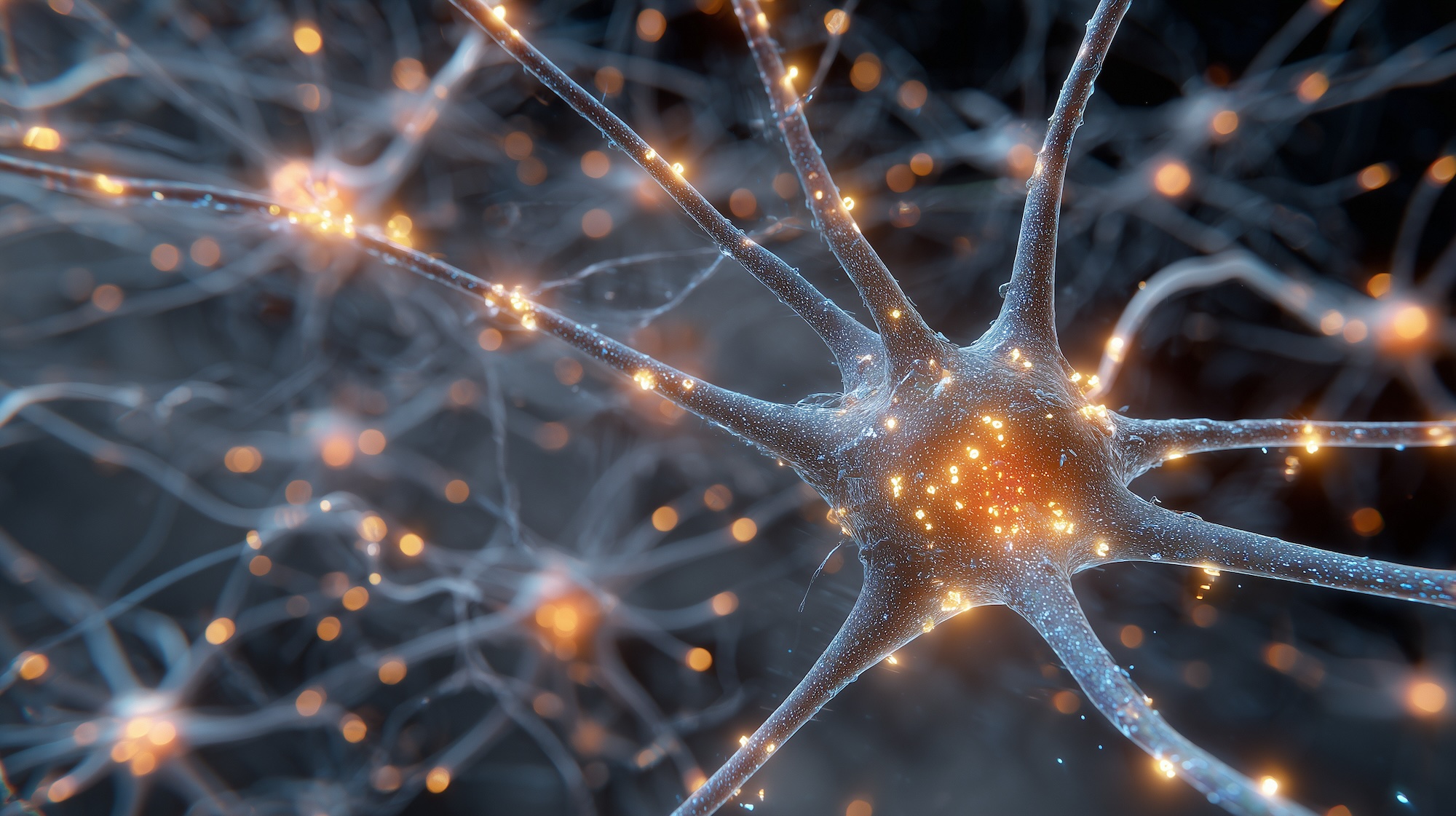You probably know that hormones play a vital role in regulating your physiology and promoting good health. But are you aware of the onslaught of synthetic chemicals in the modern environment that threaten the delicate balance of hormones in your body?
What are Hormones?
Hormones are the signalling molecules of the endocrine system. The endocrine system refers to all of the glands of the body and the hormones produced by those glands. Glands are controlled by direct stimulation from the nervous system as well as by the chemical receptors in the blood and the corresponding hormones produced by other glands. The glands help to maintain the body’s homeostasis by regulating the functions of organs in the body. The functions affected include cellular metabolism, reproduction, sexual development, heart rate, and digestion.
Endocrine Disruption
The endocrine system must manage a specific balance of hormones to be able to maintain homeostasis. Unfortunately, modern life has presented us with an onslaught of both natural and synthetic chemicals that disturb the proper balance of hormones in the body thus disrupting the proper functioning of the endocrine system. Symptoms of endocrine disruption are vast and vary depending on age, sex, and environment. It is likely that most people living a modern lifestyle in an urban environment have some degree of hormonal imbalance.
In order to help you avoid the negative effects of hormonal imbalance, we have compiled a list of the top 9 sources of endocrine disrupting chemicals.
Plastics
Plastics are often produced with endocrine disrupting ingredients such as the infamous BPA (bisphenol A). When foods are packaged in plastic, these endocrine disruptors may leach into the food. This becomes of particular concern when the plastics are heated. Often products that are prepared with heat are then packed in plastic before being allowed to cool. Additionally, many prepackaged products are transported without temperature control and can be exposed to high heat causing plasticizers to leach into your food. For this reason it is best to limit consumption of foods packed in plastic.
Cans
Similarly to plastic, many cans used for food packaging contain endocrine disrupting chemicals like BPA. Unfortunately, even “BPA free” cans contain other, often more, toxic chemicals. Again, prudence would suggest avoidance of most canned and prepackaged products as much as possible.
Receipts
Another very common source of BPA is the paper many stores use to print receipts. Touching BPA tainted paper is not as bad as eating BPA in your food, but BPA can still be absorbed by the skin. Additionally, once on the hands, the BPA can spread to whatever you touch including food that you eat. For this reason it is best to reject receipts unless necessary and to always wash your hands after handling receipts.
Cleaning Products
Household cleaning products such as dish soap, laundry detergent, glass and surface cleaners, and many others, are riddled with endocrine disrupting chemicals. As an alternative you can buy or make your own cleaners with safe, simple, and recognizable ingredients such as vinegar, castile soap, baking soda, and essential oils.
Birth Control Pills
Birth control pills use synthetic forms of estrogen and progestin that can confuse the endocrine system and cause massive hormonal imbalance in the body. Opt for more natural forms of contraception such as lunaception.
Cosmetics
These products often contain endocrine disrupting phthalates. Despite the fact that it is well recognized that the skin absorbs chemicals straight into the bloodstream, cosmetics are not held to the same (low) standards as food-grade products.
Fire Retardants
These are ubiquitous and nearly impossible to completely avoid. They are used to coat furniture and other consumer goods as a measure to prevent fires, despite the fact that they have proved to be relatively ineffective at achieving this aim. You can find new furniture such as couches that have not been treated with these chemicals.
Pesticides
This includes the toxic compounds atrazine as well as organophosphate compounds among others. Atrazine, used mainly on corn and sorghum, has been found to turn male frogs into female frogs who can lay viable eggs! Organophosphates are chemicals originally developed by the Nazis and are now used in agriculture to target the nervous system of insect pests. To avoid these and other poisonous pesticides opt for organic produce whenever possible and always filter your tap water before consumption.
Soy Products
Soy is a source of phytoestrogens. A phytoestrogen is a plant based xenoestrogen. Xenoestrogens mimic estrogen in the body and can wreak havoc on hormonal balance. For this reason it is best to limit soy consumption and to always opt for organic soy. Fermented soy also may have less phytoestrogenic activity.
Balance Your Hormones!
By taking steps to avoid these toxic endocrine disruptors and by eating a healthy and balanced diet, you can lessen the likelihood of experiencing the symptoms of hormonal imbalance. It is unfortunate that these hazards exist in our modern world but luckily the information on how to protect ourselves is readily available. Hopefully this information empowers you to take control of the state of your endocrine system and hormonal balance.
For more guidance on hormonal health visit Dr. Colbert at one of his state-of-the-art clinics in Orlando and Dallas. Dr. Colbert specializes in hormone balancing and offers bio-identical hormone therapy.
You can also join Dr. Colbert’s Free 21 Day Detox Program by Clicking here
References
- http://articles.mercola.com/sites/articles/archive/2015/07/15/10-common-sources-endocrine-disruptors.aspx
- http://articles.mercola.com/sites/articles/archive/2013/11/13/worst-endocrine-disruptors.aspx
- https://draxe.com/endocrine-disruptors-how-to-avoid-excess-estrogen/
- http://www.innerbody.com/image/endoov.html
- http://www.ewg.org/research/bottled-water-quality-investigation
- http://mentalfloss.com/article/77573/bpa-substitute-may-be-bad-bpa


















Comments are closed.